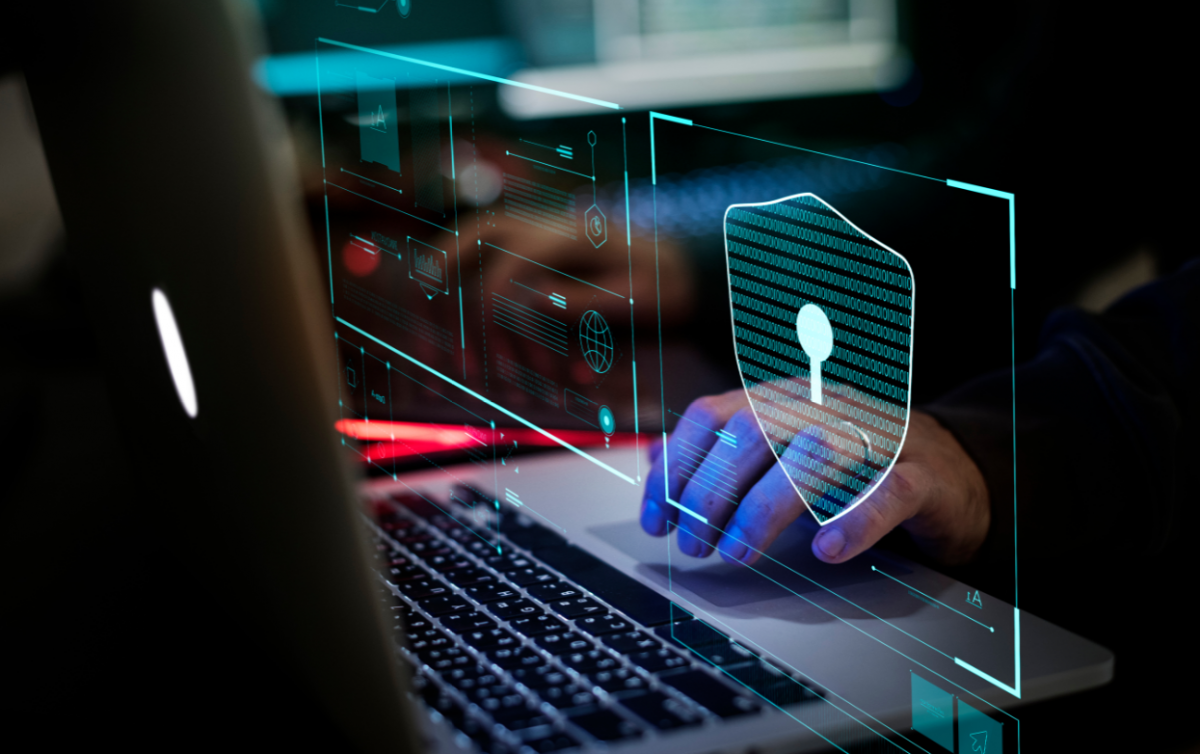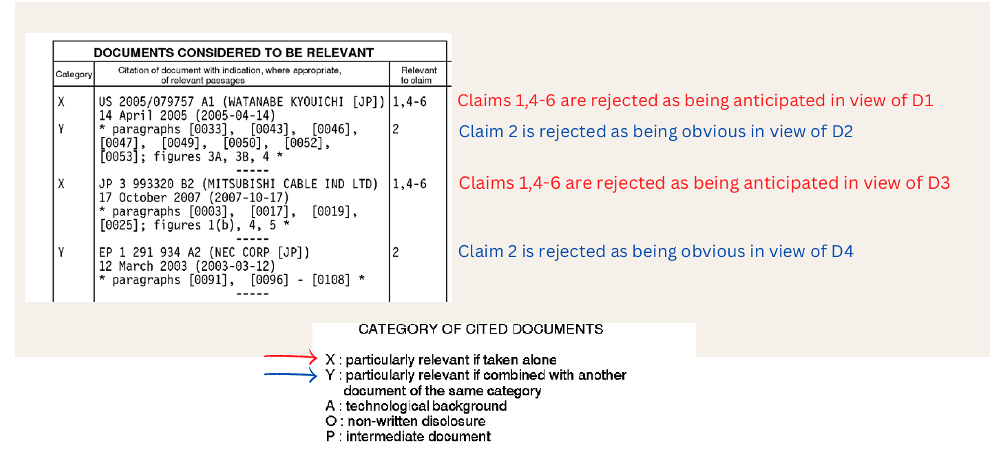Why Filing a Track One Application Makes Sense
“The data suggest nearly 60% of prioritized applications are allowed, many without ever receiving a final rejection—this is just one of the reasons more clients should seriously consider Track One.”
Prioritized examination, known sometimes as “Track One,” has been in place at the United States Patent and Trademark Office (USPTO) for the past 12 years. The program, launched in September 2011 provides applicants with greater control over how quickly a patent application will be examined and offers a fast-track to an issued U.S. utility or plant patent that would be otherwise unattainable.
For those wishing to obtain a patent quickly, prioritized examination is the answer—perhaps the only answer. Prioritized examination gives an application special status enjoyed throughout the life of the application in exchange for the payment of an additional fee due at the time of filing. This payment for special treatment as a prioritized application moves the application to the front of the examination line, regardless of whether the application is an originally filed nonprovisional patent application, a continuation application, a continuation-in-part, a divisional application or even a request for continue examination (RCE). The additional fee puts the application on fast track, guaranteeing a final decision from an examiner within one year, typically within six months or less.
Cost-Benefit Analysis
A request for prioritized examination currently costs $840 for a micro-entity, $1,680 for a small entity, and $4,200 for a large entity. See USPTO fee schedule. This fee is in addition to the other fees that are due at the time of filing (i.e., the basic filing fee, search fee and examination fee). While not insignificant, this extra cost can be well worth the investment for those who find themselves in need of a patent quickly, whether that be in order to capitalize on monetization opportunities, address ongoing infringement, or to create one or more assets demanded or at least expected by investors. And in the long run, given the efficiencies and streamlining of prosecution, and the very real possibility that an application will be allowed without a final rejection, and definitely without the need of multiple RCEs (only one is allowed), there is a strong likelihood that the entire prosecution process will cost less even when factoring in the additional prioritization fee.
According to data made available through the Patents Dashboard on USPTO.gov, the average time from the Track One petition grant date to the First Office Action on the Merits (FOAM) is only 1.9 months during fiscal year 2023, with an average time from petition grant to final disposition only 5.4 months so far during fiscal year 2023. The average time from petition grant date to a Notice of Allowance is lower, coming in at only 4.5 months for the current fiscal year. And the time from filing the petition to a decision on the granting of the Track One petition is just 2.1 months. So, from filing to FOAM winds up being 4 months; from filing to disposition is 7.5 months; and from filing to a Notice of Allowance is 6.6 months—all for the current fiscal year so far.
Perhaps not surprisingly, given the extra cost associated with a Track One application, the number of abandonments (489), and the number of Notices of Appeal (602), are dramatically dwarfed by the Number of Allowances (7,638)—all for the current fiscal year so far. And the number of final rejections (5,111 in FY2023) is also much lower than the number of allowances, suggesting that nearly 60% of prioritized applications are allowed, many without ever receiving a final rejection. And while there is no doubt some self-selection bias with applicants selecting their best, most important applications to accelerate, the numbers suggest a meaningful bias toward allowance.
A Competitor Isn’t Quite Literally Infringing
How many times have you reviewed a patent and an allegedly infringing device or service and thought to yourself — if only the claim said it this way? You cannot help all clients, but with clients who are savvy enough to be doing what they should be doing, there will be one or more patent applications that remain on file keeping a continuous chain all the way back to the parent application. If you could file a patent application with claims written to literally cover that allegedly infringing device? Obtaining a picture claim on an appropriate disclosure shouldn’t take much consideration, but if you have to stand in regular queue at the Patent Office that could mean at least several years in line before you receive a final determination; even longer in certain technological fields. But waiting 6 to 9 months makes all the sense in the world if you can get that picture claim the competitor specifically infringes.
Of course, this is not suggesting anyone play fast and loose with the rules, but a well drafted parent application followed up by similarly well drafted continuation-in-part applications can support far more claims than most clients are willing to pay for in a patent. If you have support in a pending patent application for what your competitor filing a Track One patent application to obtain a claim the competitor infringes makes all the business sense in the world.
Minimize Prosecution History Estoppel
Another benefit of Track One is that the prosecution of the patent application is condensed over a period of a few months, with many hundreds of cases receiving a Notice of Allowance without ever receiving a final rejection, which results in a cleaner prosecution history, often preferred for litigation and licensing.
The speed and swiftness of the prosecution also means the application remains far fresher in the mind of the patent examiner, which leads to less problematic prosecution without necessitating multiple RCEs. In fact, only a single RCE can be filed in a prioritized application.
The streamlining of prioritized applications is no doubt aided in part by the seriousness with which applicants seeking a quick patent treat the application drafting and examination process, both in terms of cooperation with the Office (which is demanded—e.g. no extensions of time allowed), and the completeness of the application and narrowness of claims sought. At the very least the patent examiner will be more up to speed with every touch because the last touch was only a few weeks ago, which makes much attorney argumentation unnecessary.
Frankly, if a client has a commercially relevant innovation, it makes all the sense in the world to pursue Track One just based on the fact that there is less opportunity for admissions, the need for fewer arguments made during prosecution, the speed to a Notice of Allowance. and a meaningful likelihood that many cases will be issued without ever receiving a final rejection, making prosecution not only swifter but cheaper in the long run, even after factoring in the prioritization fee.
Time to Consider Track One
With all of the benefits associated with Track One, including lightning fast prosecution, a high allowance rate, less prosecution history and the ability to obtain claims quickly for litigation or licensing purposes, more clients should consider Track One.
Image Source: Deposit Photos
Image ID: 13921601
Author: SergeyNivens






